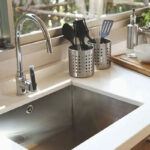The roof is one of the most critical components of a house as it provides structural support and shelter. Today, let’s explore everything you need to know about building a roof and the roof-related superstitions you should keep in mind!
1 Why is it important to consider the superstition of the roof?
In superstition, the roof is the highest point of the house, where light first enters and connects the sky and the earth. Here, energy and airflow interact. A roof with good superstition will bring a breeze of fresh air and positive energy, while a roof with poor superstition may accumulate negative energy and dissipate positive energy, affecting the family’s health and luck.
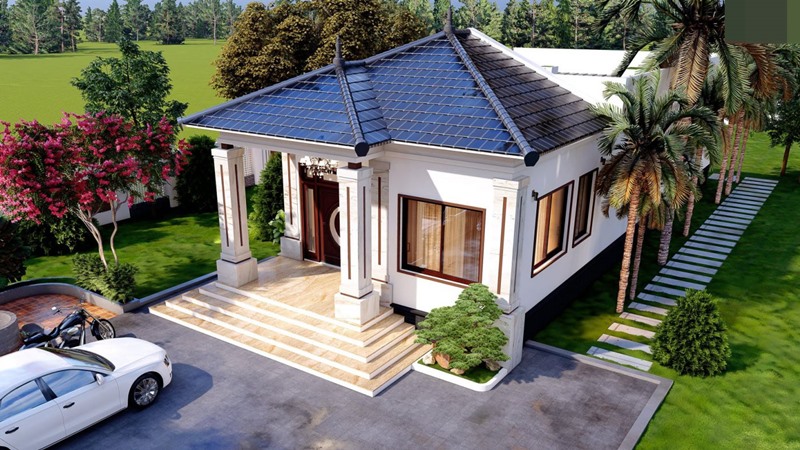 Why is it important to consider the superstition of the roof?
Why is it important to consider the superstition of the roof?
Superstition of the roof also helps balance energy and the five elements (Metal, Water, Wood, Fire, and Earth), enhancing prosperity and luck for the family. Additionally, a roof with good superstition increases the house’s value when selling or renting, attracting those interested in superstition and giving you an advantage in transactions.
2 Superstitions to avoid when building a roof
Avoid the “First Pond Corner – Second Knife Temple” rule when installing a roof
The “First Pond Corner – Second Knife Temple” rule is an essential superstition principle when constructing a roof. According to this rule, avoid designing and roofing so that the corners of ponds, temples, and shrines do not directly face the house. This prevents an unbalanced house layout, causing collisions when moving, and wind from the roof and wall edges blowing into the house, negatively influencing the internal superstition.
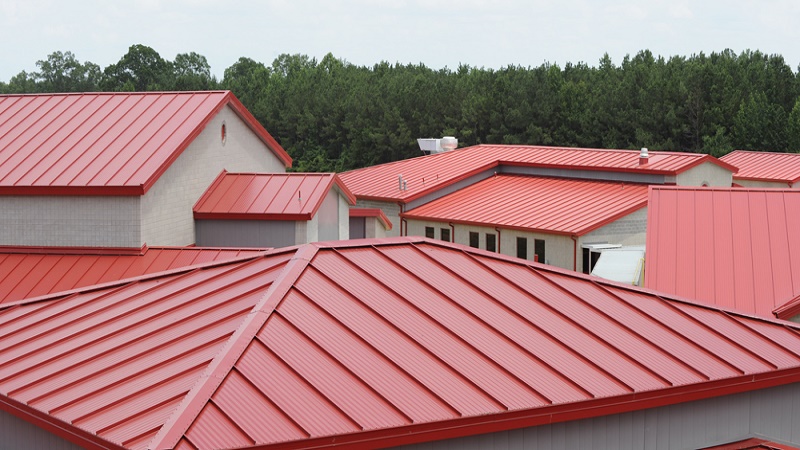 Superstitions to avoid when building a roof
Superstitions to avoid when building a roof
Gác đòn dông (ridge beam) of the roof
Đòn dông is the top purlin of the house. Superstition-wise, it is considered unlucky to point the ridge beam at the neighboring house. Therefore, many modern constructions and villas use steel to clamp and cover the ends of the purlins to avoid affecting nearby houses.
Number of purlins
Calculated based on the Birth – Support – Destruction – Extinction cycle
The number of purlins, according to roof superstition, follows the cycle of Birth – Support – Destruction – Extinction, corresponding to Spring – Summer – Autumn – Winter. Spring and Summer bring health and wealth, while Autumn and Winter are usually less auspicious. Thus, the number of purlins should fall within the Spring or Summer cycle.
Specifically, the first purlin is Birth, the second is Support, the third is Destruction, and the fourth is Extinction. The ideal number of purlins is either Birth or Support, calculated as [BIRTH = 4 x n + 1] or [SUPPORT = 4 x n + 2], where n is the number of cycles.
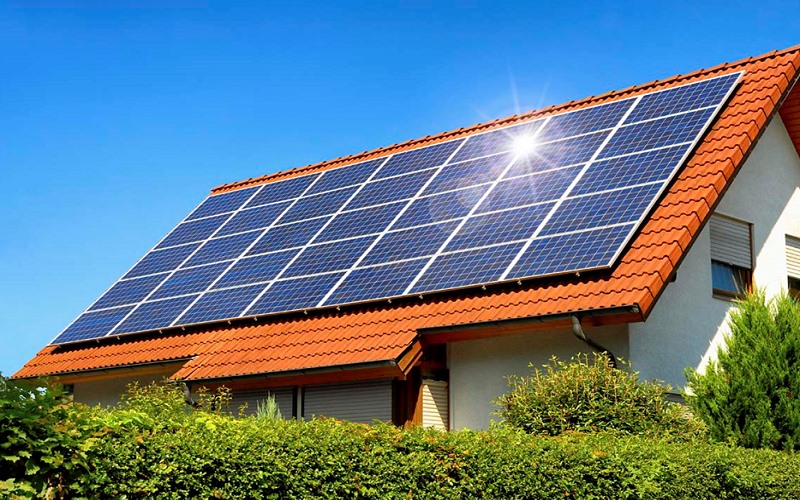 Superstitions to avoid when building a roof
Superstitions to avoid when building a roof
Calculated based on the Direct of Age
Apart from the Birth – Support – Destruction – Extinction cycle, the number of purlins can also be determined by the Direct of Age. Homeowners should refer to the Direct of Age table to identify the Trạch master according to their Can Chi, using the ridge beam as the Trạch master and the rafters as the Trạch phu tử. Then, look up the Direct of Birth and Direct of Destruction; if birth is auspicious, destruction is inauspicious.
Designing the shape of the roof
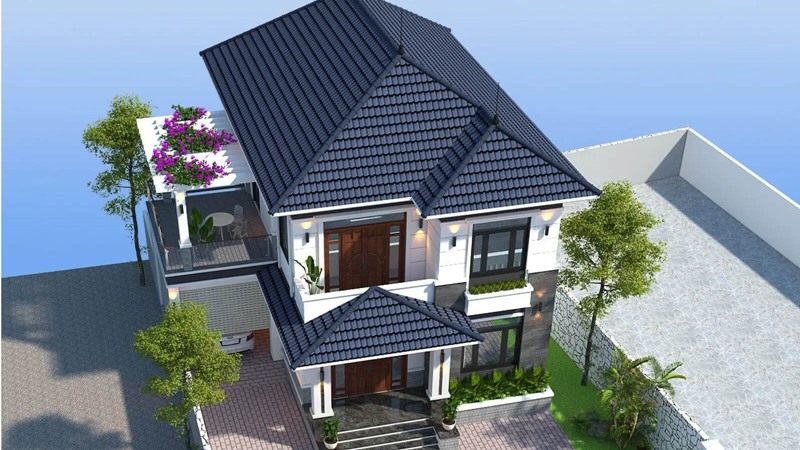 Designing the shape of the roof
Designing the shape of the roof
For dome or round roofs
Superstition-wise, dome and round roofs belong to the Metal element. When constructing this type of roof, avoid facing East, South, or Southeast (belonging to the Fire and Wood elements) and instead choose West or North (belonging to the Metal and Water elements) to maintain superstition balance.
For wave-shaped roofs
Wave-shaped roofs are associated with the Water element in superstition. Although rare, this roof style is unique. When opting for this design, avoid facing South, Southwest, and Southeast, and only build towards the North (Huyền Vũ) to bring luck and benefits to the homeowner and their family.
For high-pitched roofs
High-pitched roofs, commonly found in religious structures, belong to the Wood element and signify growth. Superstition-wise, when designing this type of roof, avoid facing Northeast, Southwest, West, and Northwest, as these directions belong to the Metal and Water elements, causing conflict and potentially affecting the homeowner’s health.
For triangular or sloped roofs
Triangular roofs, such as Thai or Japanese styles, with pointed peaks and open sides, are associated with the Fire element in superstition. This roof style is prevalent and symbolizes growth and strong willpower.
For flat roofs
In superstition, flat roofs represent the Earth element, signifying stability and firmness. When constructing a flat roof, choose a Southern, Western, or Southwestern direction to attract the Fire and Metal elements, creating harmony and balance for the house.
Color of roofing materials according to the five elements
Based on the five elements, consider the homeowner’s life to choose an auspicious roof color:
-
Metal life: Select a yellow, white, gray, or brown roof. Avoid red, pink, and purple.
-
Water life: Opt for a blue, black, navy, white, or gray roof. Stay away from brown and earthy yellow.
-
Wood life: Choose a navy, dark green, or black roof. Refrain from using white, gray, and metallic colors.
-
Fire life: Go with a red, pink, or orange roof. Avoid dark navy, teal, and dark colors.
-
Earth life: Pick a brown, earthy yellow, grayish-brown, red, or pink roof. Steer clear of green.
3 Three principles to follow in roof superstition
Water drainage
 Water drainage
Water drainage
The water drainage principle in roof superstition involves balancing and adhering to rules regarding water. Roofs should be designed with an appropriate slope to facilitate rainwater runoff, preventing stagnation and leaks. This not only ensures efficient drainage but also maintains energy balance and mitigates water’s negative impacts on the roof.
Lightning protection
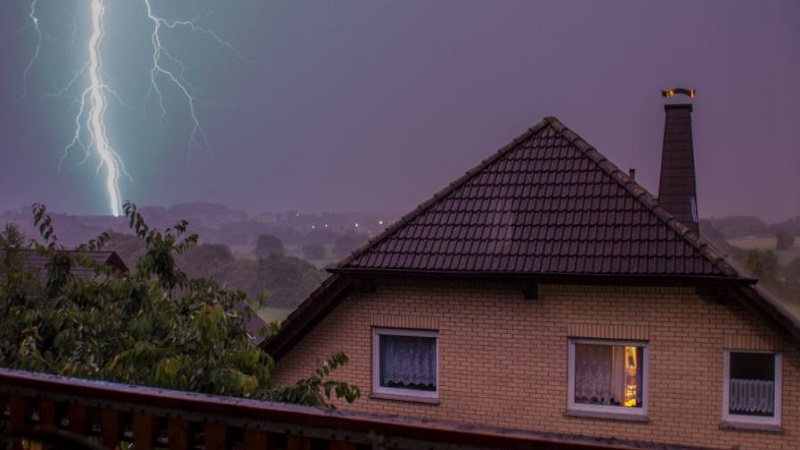 Lightning protection
Lightning protection
The lightning protection principle in roof superstition is about safeguarding the roof and its occupants from lightning strikes, crucial for safety. When designing and constructing a roof, ensure the installation of an effective lightning protection system to avert the negative effects of lightning and maintain energy balance and stability for the house.
Insulation
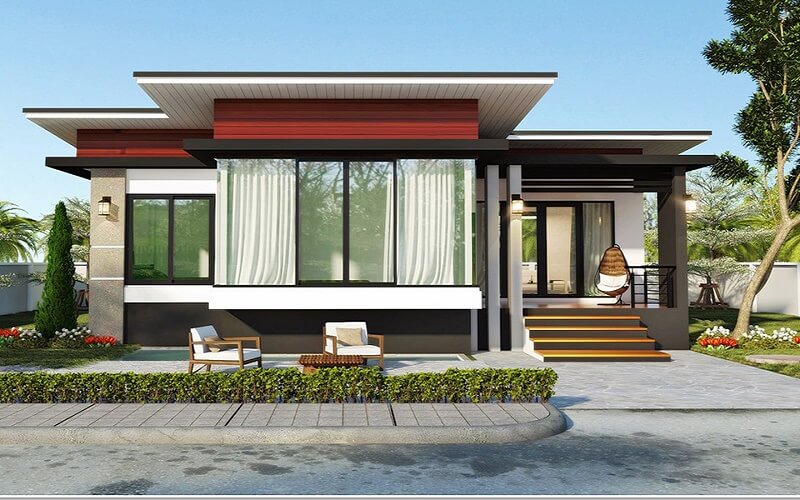 Insulation
Insulation
In addition to ensuring safety during the rainy season, roofs should provide insulation and ventilation during sunny weather. Homeowners can use lightweight and insulating roofing materials such as bitumen shingles, steel shingles, copper, or wooden shingles. An effective insulating roof system not only creates a comfortable living environment but also saves energy and reduces costs.
This article has provided you with comprehensive information about roof superstition. Hopefully, you now know what to consider for the roof of your house!
The Ultimate Guide to Unlocking the Secrets of the Keyhole: What’s the Purpose of that Tiny Hole?
The small hole alongside the keyhole on a padlock serves a significant purpose. It is not merely an aesthetic feature but a functional one, integral to the operation and maintenance of the lock. This subtle detail often goes unnoticed, yet it plays a pivotal role in the overall functionality and longevity of the locking mechanism.





























